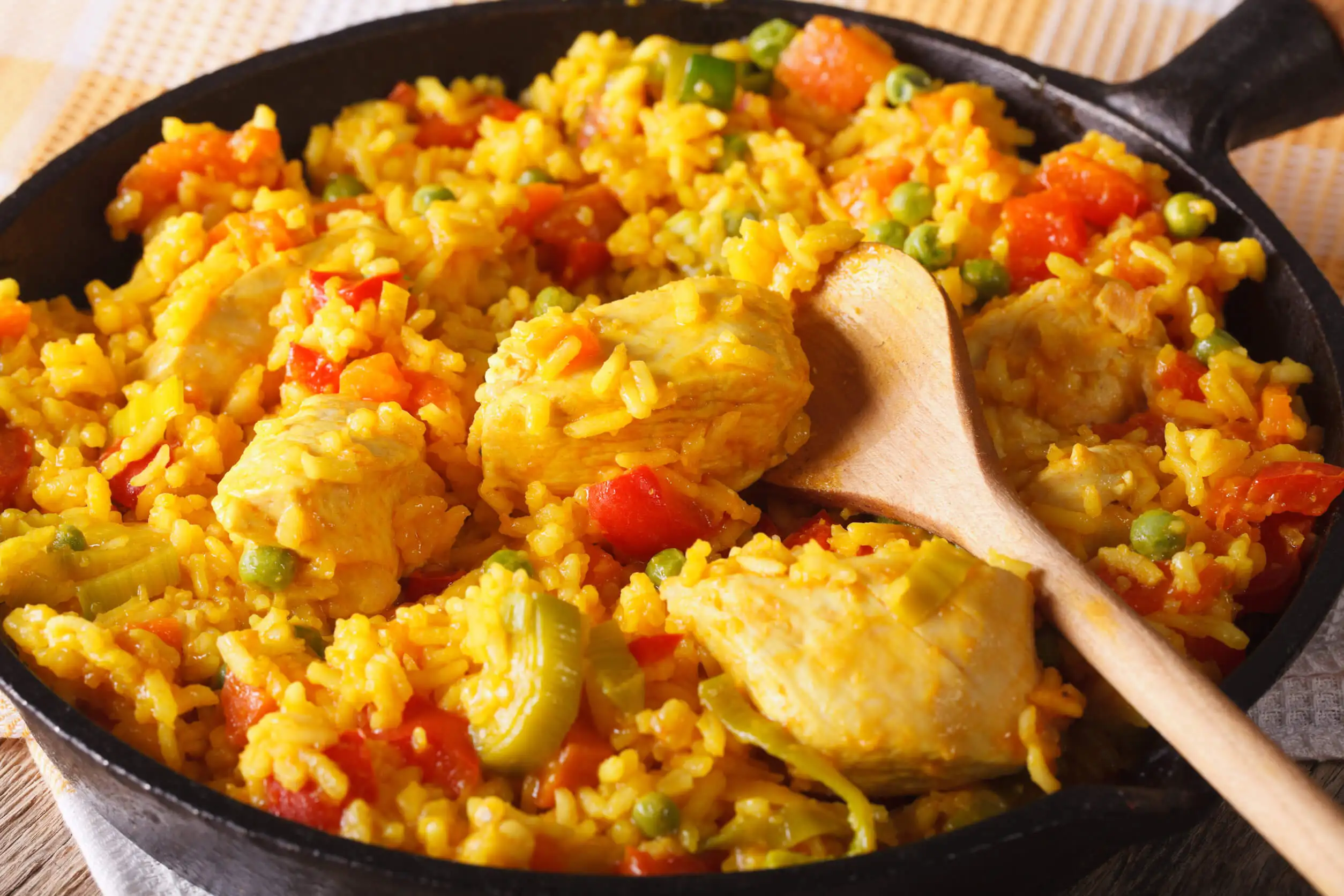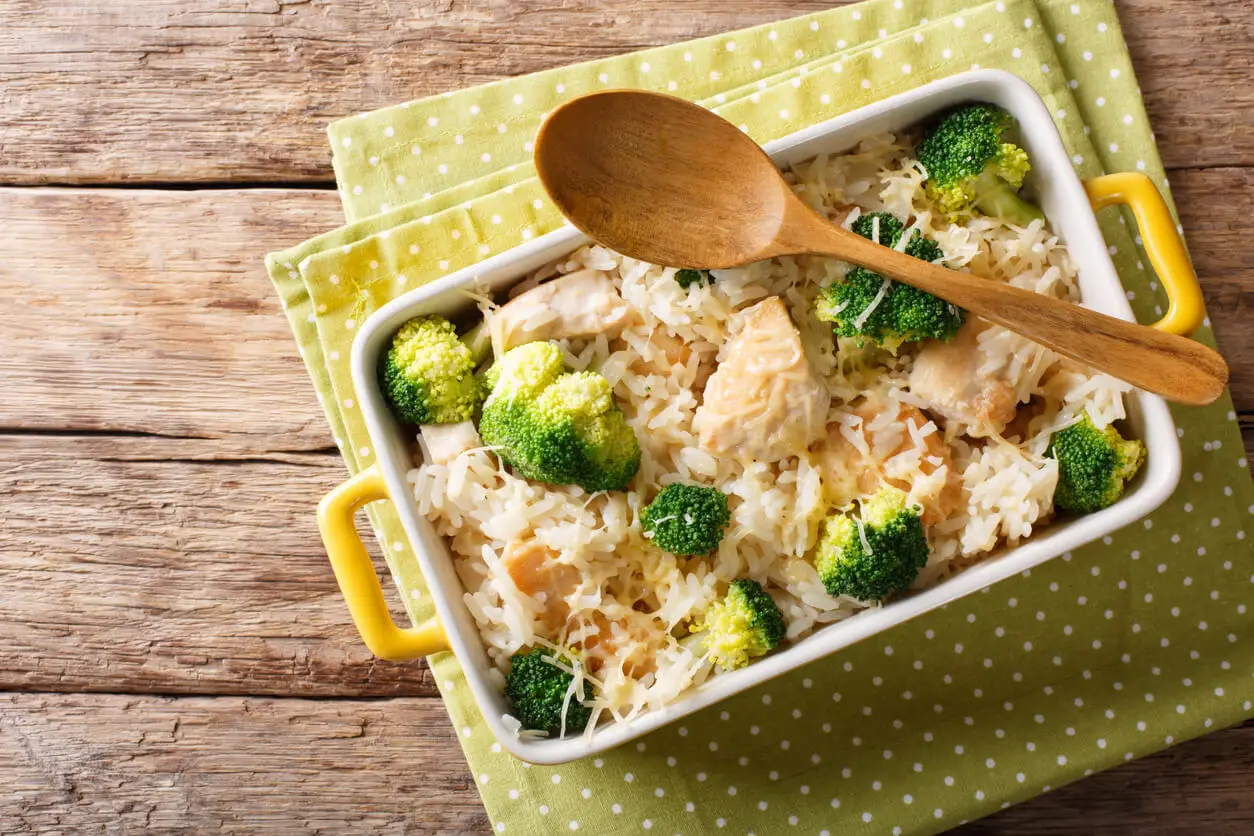Check Out the Calories and Protein in Each Chicken Cut


Written and verified by the nutritionist Saúl Sánchez Arias
Each chicken cut differs in terms of calories and protein content. Not all parts of the animal have the same percentage of lean and fat, which determines its energy value. Nevertheless, it’s a quality food that should be included in the context of a balanced and varied diet, regardless of the part chosen. At the end of the day, what matters is to optimize the cooking methods.
Before beginning, it’s first necessary to emphasize that eating meat is not at all linked to a worse state of health, as some may affirm. On the contrary, it provides proteins of high biological value necessary for the body to function correctly, thus helping it manage to avoid the catabolism of the muscular mass.
The calories and protein in each chicken cut
Next, we’re going to show you the different chicken cuts that you can buy in the supermarket or butcher’s shop, together with their nutritional value. Thus, you will get to know the differences and you know what’s best for your body depending on your circumstances and objectives.
Chicken breasts
Every 100 grams of cooked chicken breast provide about 165 calories – a fairly small amount. As far as protein is concerned, this cut has 31 grams per 100 grams of the food.
These are proteins of high biological value; that is to say, they have all the essential amino acids and a good score in terms of digestibility. They’ve proven to be decisive in promoting good recovery after intense exercise, according to this publication.

Although chicken contains hardly any carbohydrates in its interior, the breast has approximately 3.6 grams of fat per 100 of product. The lipid profile will depend on the animal’s own diet. It’s always preferable to opt for chickens that have been raised in the wild and have not been subject to accelerated fattening processes.
We think you may also enjoy reading this article: Discover How Many Calories You Should Eat Per Day
Chicken cut: Chicken thighs
The chicken thigh is a little fattier than the breast. It has 10.9 grams of fat per 100 grams, which raises the energy content to 209 calories. The protein content, on the other hand, is lower, since this part of the chicken provides 26 grams per 100 grams. Anyway, it’s still a highly recommended food to include in almost any diet, especially in the case of athletes.
In addition, chicken thighs are cheaper than breasts, so they fit almost all budgets. It’s one of the best alternatives to access the highest quality protein at a reduced price. Again, the animal’s diet will influence the quality of this protein.
Organic chicken, for example, has a higher proportion of omega 3 in its interior. This nutrient is key to controlling inflammation in the body, according to a study published in Biochemical Society Transactions.

Chicken wings
Chicken wings are products that are also recommended from the point of view of nutritional value, although the way we prepare them usually isn’t very healthy. In terms of calories, 100 grams provide 203 calories. They have 30.5 grams of protein and 8.1 grams of fat. However, they’re usually consumed with unhealthy sauces.
Many of these preparations aren’t natural In this case, the presence of simple sugars and trans fats is almost certain. These elements are capable of increasing inflammation levels in the body, thus impacting the risk of developing chronic and complex diseases.
Research published in the BMJ confirms this. If the wings are accompanied by a sauce, it’s best that the sauce is homemade and you can control the ingredients used for its preparation.
Like this article? You may also like to read: 10 Tips to Burn More Calories without Exercising
Be careful with the chicken skin
It’s important to take into account that the chicken skin also adds calories and fat. We’ve commented on the energy and nutritional value of the different cuts without taking the skin into account. In the case of a chicken breast with this element, for example, we’re talking about an increase of 100 calories and 7 grams of fat.
If your objective is to improve the state of your body composition, perhaps the best alternative is to avoid the skin of this type of food. The cooking method will also matter. Priority should be given to low-fat preparations such as grilling, baking, and cooking with water. Frying is usually not a good idea. Not only are calories added, but trans fats and other toxic compounds are formed during the process. Batter is also a no-no.
Know the calorie and protein differences in each chicken cut
As you’ve seen in this article, despite coming from the same animal, different cuts of chicken can have different nutritional profiles. It’s important to take this into account when optimizing your diet, as sometimes, it’s important to maximize your protein intake and limit your calories to achieve changes in body composition. However, the rest of your diet must also be improved – it’s not enough just to focus on this food.
Finally, remember that the way of life of the animal influences the nutritional contribution of the food derived from it. The organic versions are usually more expensive, but, in these cases, their price can justify a higher amount of fatty acids of the omega 3 series. Balancing the intake of these nutrients with that of omega 6 will be very advantageous in order to maintain a good state of health over time.
All cited sources were thoroughly reviewed by our team to ensure their quality, reliability, currency, and validity. The bibliography of this article was considered reliable and of academic or scientific accuracy.
- McGlory, C., Devries, M. C., & Phillips, S. M. (2017). Skeletal muscle and resistance exercise training; the role of protein synthesis in recovery and remodeling. Journal of applied physiology (Bethesda, Md. : 1985), 122(3), 541–548. https://doi.org/10.1152/japplphysiol.00613.2016
- de Souza, R. J., Mente, A., Maroleanu, A., Cozma, A. I., Ha, V., Kishibe, T., Uleryk, E., Budylowski, P., Schünemann, H., Beyene, J., & Anand, S. S. (2015). Intake of saturated and trans unsaturated fatty acids and risk of all cause mortality, cardiovascular disease, and type 2 diabetes: systematic review and meta-analysis of observational studies. BMJ (Clinical research ed.), 351, h3978. https://doi.org/10.1136/bmj.h3978
- Calder P. C. (2017). Omega-3 fatty acids and inflammatory processes: from molecules to man. Biochemical Society transactions, 45(5), 1105–1115. https://doi.org/10.1042/BST20160474
This text is provided for informational purposes only and does not replace consultation with a professional. If in doubt, consult your specialist.








